|
[1] Hartert H. Blutgerinnungsstudien mit der Thrombelastographie, einem neuen Untersuchungsverfahren. J Mol Med. 1948;26(37): 577-583.
[2] Zhou JJ, Xing N, Chen J, et al. Effect of artificial colloids on blood coagulation during shock stage of severe burn injury. Chin Med J. 2013;126(17): 3334-3339.
[3] Salooja N, Perry DJ. Thrombelastography. Blood coagul Fibrinolysis. 2001;12(5): 327-337.
[4] Luddington RJ. Thrombelastography/thromboelastometry. Clin Lab Haematol. 2005;27(2): 81-90.
[5] Sorensen ER, Lorme TB, Heath D. Thromboelastography: a means to transfusion reduction. Nurs Manage. 2005;36(5): 33-34.
[6] Wilson D, Cooke EA, McNally MA, et al. Changes in coagulability as measured by thrombelastography following surgery for proximal femoral fracture. Injury. 2001; 32: 765-770.
[7] Abrahams JM, Torchia MB, McGarvey M, et al. Perioperative assessment of coagulability in neurosurgical patients using thromboelastography. Surg Neurol. 2002; 58(1): 11-12.
[8] Yang Y, Yao Z, Dai W, et al. Changes of thrombelastography in patients undergoing elective primary total knee and total hip replacement with low molecular heparin prophylaxis. J Orthop Surg Res. 2014;9: 52.
[9] Martinelli I, Bucciarelli P, Mannucci P, et al. Thrombotic risk factors: basic pathophysiology. Crit Care Med. 2010;38 (2 suppl): S3-S9.
[10] 邱贵兴,杨庆铭,余楠生.低分子肝素预防髋、膝关节手术后下肢深静脉血栓形成的多中心研究[J]. 中华骨科杂志, 2006, 26(12): 819-822.
[11] 余楠生,陈东峰, 关节置换术后静脉血栓栓塞症的若干问题探讨[J].中国骨科, 2005, 1(1): 44-48.
[12] da Luz LT, Nascimento B, Rizoli S. Thrombelastography (TEGW): practical considerations on its clinical use in trauma resuscitation. Scand J Trauma Resusc Emerg Med. 2013; 21:29.
[13] Trapani LM. Thromboelastography: Current Applications, Future Directions. Open J Anesthesiology. 2013;3(1): 23-27.
[14] Donahue SM, Otto CM, Thromboelastography: a tool for measuring hypercoagulability, hypocoagulability, and fibrinolysis. J Vet Emer Crit Care. 2005;15(1): 9-16.
[15] Martini WZ, Cortez DS, Dubick MA, et al. Thrombelastography is better than PT, aPTT, and activated clotting time in detecting clinically relevant clotting abnormalities after hypothermia, hemorrhagic shock and resuscitation in pigs. J Trauma. 2008; 65(3): 535-543.
[16] Ustuner Z, Akay OM, Keskin M, et al. Evaluating coagulation disorders in the use of bevacizumab for metastatic colorectal cancer by thrombelastography. Med Oncol. 2012;29(5): 3125-3128.
[17] Macafee B, Campbell JP, Ashpole K, et al. Reference ranges for thromboelastography (TEG((R)) ) and traditional coagulation tests in term parturients undergoing caesarean section under spinal anaesthesia. Anaesthesia. 2012;67(7): 741-747.
[18] Bolliger D, Seeberger MD, Tanaka KA. Principles and practice of thromboelastography in clinical coagulation management and transfusion practice. Transfus Med Rev. 2012;26(1): 1-13.
[19] Sun W, Jeleniowski K, Zhao X, et al. Thromboelastography (TEG)-Based Algorithm Reduces Blood Product Utilization in Patients Undergoing VAD Implant. J Card Surg. 2014;29(2): 238-243.
[20] Tapia NM, Chang A, Norman M, et al. TEG-guided resuscitation is superior to standardized MTP resuscitation in massively transfused penetrating trauma patients. J Trauma Acute Care Surg. 2013;74(2): 378.
[21] Solbeck S, Meyer MA, Johansson PI, et al. Monitoring of dabigatran anticoagulation and its reversal in vitro by thrombelastography. Int J Cardiol. 2014;176(3): 794-799.
[22] Ben-Ari Z, Panagou M, Patch D, et al. Hypercoagulability in patienti with primary biliary cirrhosis and primary sclerosing cholangitis evaluated by thrombelastography. J Hepatol. 1997; 26: 554-559.
[23] Amirkhosravi A, Bigsby G 4th, Desai H, et al. Blood clotting activation analysis for preoperative differentiation of benign versus malignant masses. Blood Coagul Fibrinolysis. 2013; 24(5): 510-517.
[24] 陈冠伊,欧阳锡林,吴靖辉. 血栓弹力图与常规凝血四项评价临床患者凝血功能的对比研究[J]. 中国实验血液学杂志, 2015, 23(2): 546-551.
[25] Holli Halset J, Hanssen SW, Espinosa A, et al. Tromboelastography: variability and relation to conventional coagulation test in non-bleeding intensive care unit patients. BMC Anesthesiol. 2015;15: 28.
[26] 谭延国,张岩,王芳. TEG血栓弹力图同常规凝血试验的关系及TEG血小板图试验的临床应用[J]. 中国实验诊断学, 2012, 16(1): 81-85.
[27] Kaufmann CR, Dwyer KM, Crews JD, et al. Usefulness of thrombelastography in assessment of trauma patient coagulation. J Trauma. 1997;42(4): 720-722.
[28] Lier H, Krep H, Schochl H. [Coagulation management in the treatment of multiple trauma]. Anaesthesist. 2009;58(10): 1010-1026.
[29] Stahel PF, Moore EE, Schreier SL, et al. Transfusion strategies in postinjury coagulopathy. Curr Opin Anaesthesiol. 2009;22(2): 289-299.
[30] Van Haren RM, Valle EJ, Thorson CM, et al. Hypercoagulability and other risk factors in trauma intensive care unit patients with venous thromboembolism. J Trauma Acute Care Surg. 2014;76(2):443-449.
[31] 罗富荣, 外伤后人工股骨头置换病人围手术期凝血、血小板和纤溶功能的改变及临床意义[D]. 广州:中山大学, 2006: 1-105.
[32] Bajaj SP, Joist JH. New insights into how blood clots: implications for the use of APTT and PT as coagulation screening tests and in monitoring of anticoagulant therapy. Semin Thromb Hemost. 1999;25(4): 407-418.
[33] 方国华,李萍. D一二聚体、纤维蛋白原等指标检测在严重创伤患者术后形成深静脉血栓中的临床价值[J]. 中国医师杂志, 2013, Z1: 11-14.
[34] 张成绩,徐志宏,史冬泉. 血浆D-二聚体和纤维蛋白原对急性下肢深静脉血栓形成的诊断价值[J]. 中华骨科杂志, 2012,32(9): 837-839.
[35] 梁红梅,唐万兵. 手术治疗前后血浆D-二聚体及纤维蛋白原水平的变化[J]. 国际检验医学杂志, 2013, 34(24): 3341-3342.
[36] Pommerening MJ, Schwartz DA, Cohen MJ, et al. Hypercoagulability after injury in premenopausal females: a prospective, multicenter study. Surgery. 2014;156(2): 439-447.
[37] 张恒,林剑浩,李虎. 抗凝时限对髋关节置换术后凝血指标的影响[J].中华医学杂志, 2014,94(7): 525-528.
[38] 姚翔,刘锋.骨水泥反应综合征发生机制的实验研究[J].中华关节外科杂志, 2008, 2(3): 46-49.
[39] 雷光华,陈鑫,李康华. 全髋关节置换术中骨水泥对老年患者凝血功能的影响[J].中国骨科杂志, 2007, 27(10): 736-738.
[40] 尹俊萍,关凤英,苗海敏. 充填骨水泥与人工髋关节置换后的凝血功能[J].中国组织工程研究与临床康复, 2010,14(25): 4665-4668. |
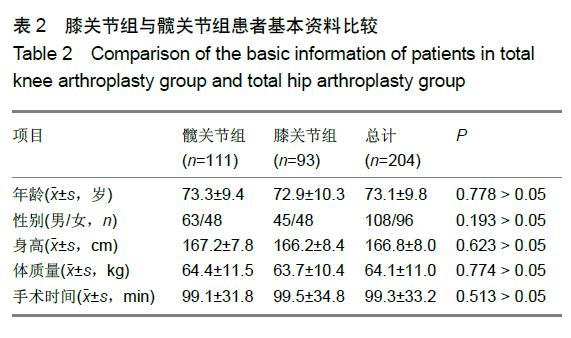
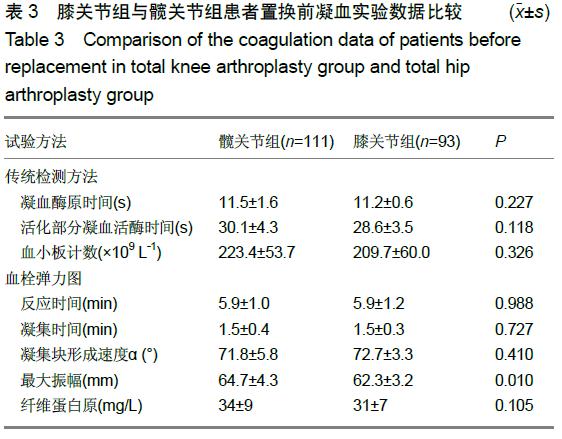
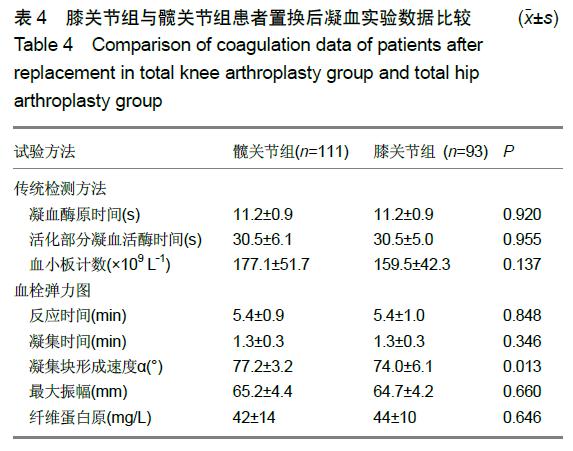
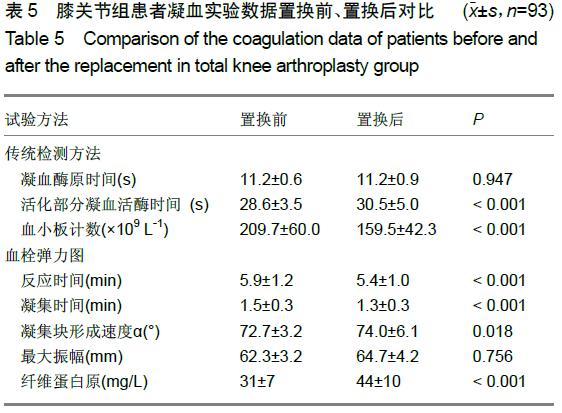
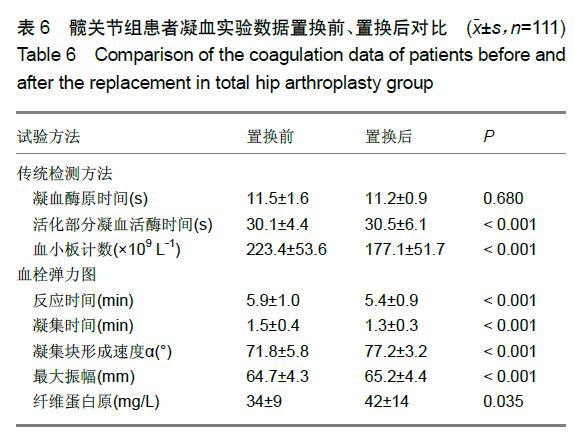
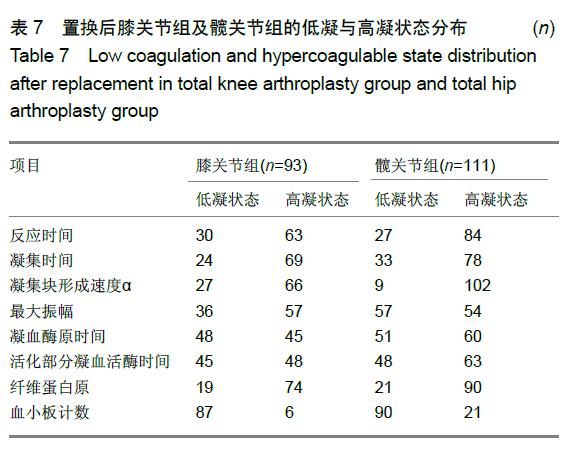
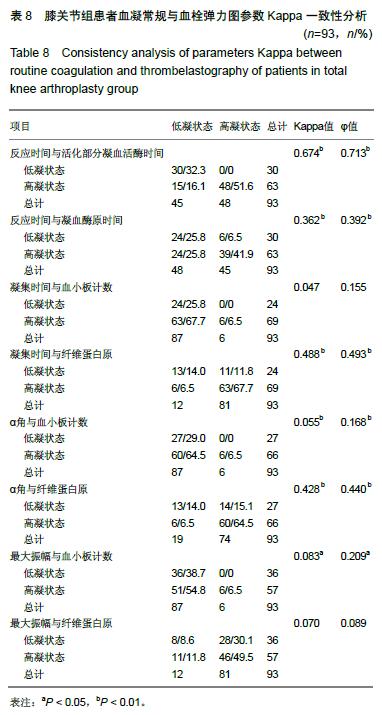
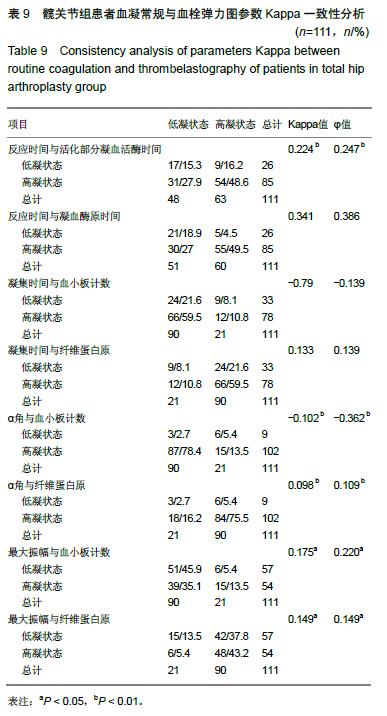


.jpg)